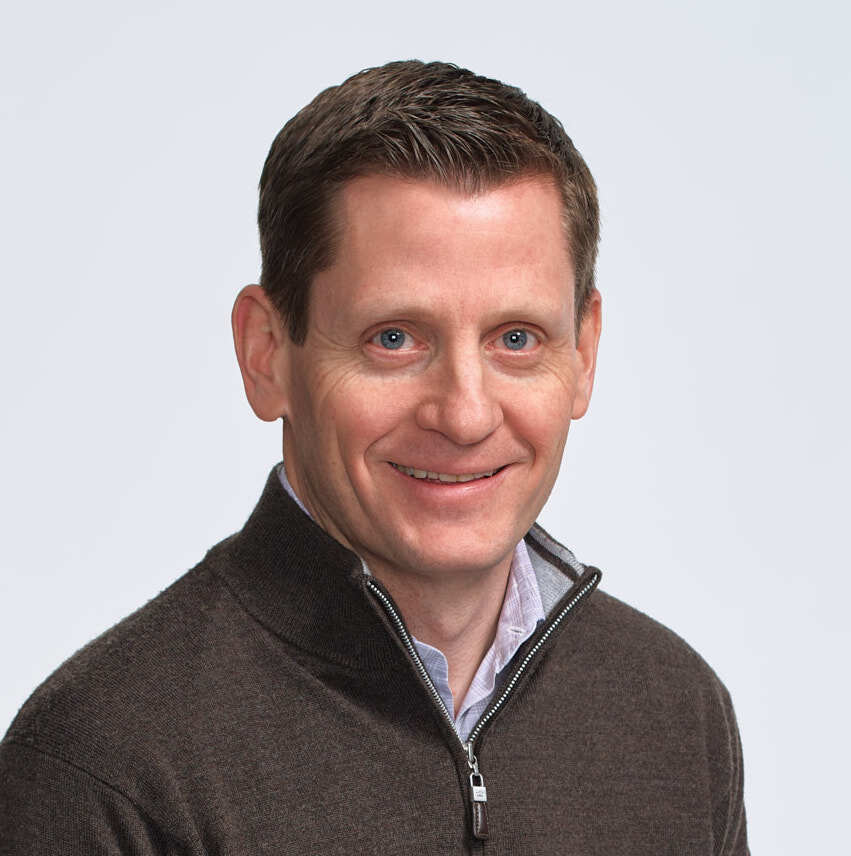When Rob Thomas took on the dual role of senior vice president of software and chief commercial officer at IBM, he inherited one of the toughest balancing acts in business: aligning long-term product innovation with short-term commercial performance. Few leaders are tasked with overseeing both the engineering pipeline and the global sales organization of a century-old technology giant.
Thomas says that combination has sharpened his understanding of why many large companies fail to innovate. “It comes down to one word,” he says. “Iteration.”
Thomas explains that most large organizations are wired for scale, not speed. Their instinct is to map out multiyear road maps and place bold, high-stakes bets—an approach that runs counter to the quick experimentation and continuous feedback loops that true iteration requires. In most big companies, he says, that kind of flexible, trial-and-error mindset simply isn’t part of the culture.
Thomas says IBM is trying to break that pattern by embracing a “build a little, test a little, learn a lot” mentality, which prioritizes feedback loops over grand plans. It’s a shift inspired in part by Jit Saxena, the founder of Netezza, a data-warehousing company IBM acquired in 2010. Thomas recalls that when Saxena began investing in startups, he made a point of meeting with founders every month to ask a single question: What are customers telling you? Over time, those regular feedback loops often led companies to pivot dramatically from their original plans, which Thomas says is precisely how great products are built. Hearing that story, Thomas realized IBM wasn’t operating that way. The company’s approach was too linear, too rigid. “That’s when I realized we had to change how we innovate.”
Changing a century-old culture
Transforming culture inside a global enterprise is no small feat. Thomas says the key lies in identifying and elevating the right internal voices—often those who challenge convention.
At large organizations like IBM, Thomas believes the people who know how to drive real progress are often already inside the company. The challenge for leadership, he says, is to identify them, elevate their ideas, and give them the freedom to act. “They tend to be people that break a lot of glass, meaning they have a strong view of what we should be doing,” says Thomas. “They don’t want to follow all the normal processes. They tend to be louder. Maybe they’re slightly more disagreeable than others, but I think part of our job is to encourage that.”
Encouragement, he says, doesn’t mean chaos, disrespect, or dysfunction, but rather, allowing constructive friction. Thomas believes that giving those employees room to “stick their neck out a little” is the most effective way to drive lasting cultural change.
He points to this year’s Nobel Prize in economics, which emphasized that growth isn’t a company’s birthright. It must be earned through innovation. “You can only innovate if you’re willing to constantly change who you are as a company without sacrificing your principles,” he says. “That’s what every company has to learn.”
Thomas is also obsessed with execution, a trait that he says separates good leaders from great ones. He credits his habit of writing as a key part of that discipline.
Execution as a superpower
Each Monday, he sends a short note to colleagues across IBM to share what’s on his mind and reinforce priorities. Once or twice a year, he writes a longer, white-paper-style memo—typically four to seven pages—to distill his thinking more fully and help align his teams around focus areas and goals.
His approach is modeled in part on what he calls “the Rockefeller habits,” drawn from John D. Rockefeller’s playbook for running Standard Oil. “You only need three things to drive execution: priorities, data, and rhythm,” Thomas says. Priorities keep everyone focused, data shows progress, and rhythm ensures consistent follow-through. Teams lose momentum when goals constantly shift or meetings are reactive, but steady rhythm, he says, is what keeps execution strong.
Thomas believes one of the most valuable yet overlooked habits professionals can develop early in their careers is making time to read. He argues that sustained, focused reading—setting aside space to study, explore ideas, and follow curiosity—is increasingly rare in a world where most people rush from task to task. He often reads for two or three hours before his workday begins.
That curiosity extends beyond his industry. “I love biographies,” Thomas says. When a once-struggling sports team turns things around, he wants to know what the coach did differently. When a chef suddenly captures attention, he’s curious about what makes their approach unique. He’s drawn to examples of people and systems that achieve success in unexpected ways and to understanding the techniques and thinking that drive those results.
That same instinct led him to launch The Mentor, his Substack newsletter. “I read that this company called Substack had raised $40 million for newsletters,” he recalls. “I was like, how is that even possible?” He signed up to see what it was about and ended up writing The Mentor, which began as an experiment and evolved into musings on strategy and culture.
Thomas estimates he spends 30% to 40% of his time reading, whether it’s industry reports, leadership studies, or sports biographies. “The combination of reading deeply and experimenting constantly—that’s what really matters,” he says. “That’s what drives learning, innovation, and leadership.”
